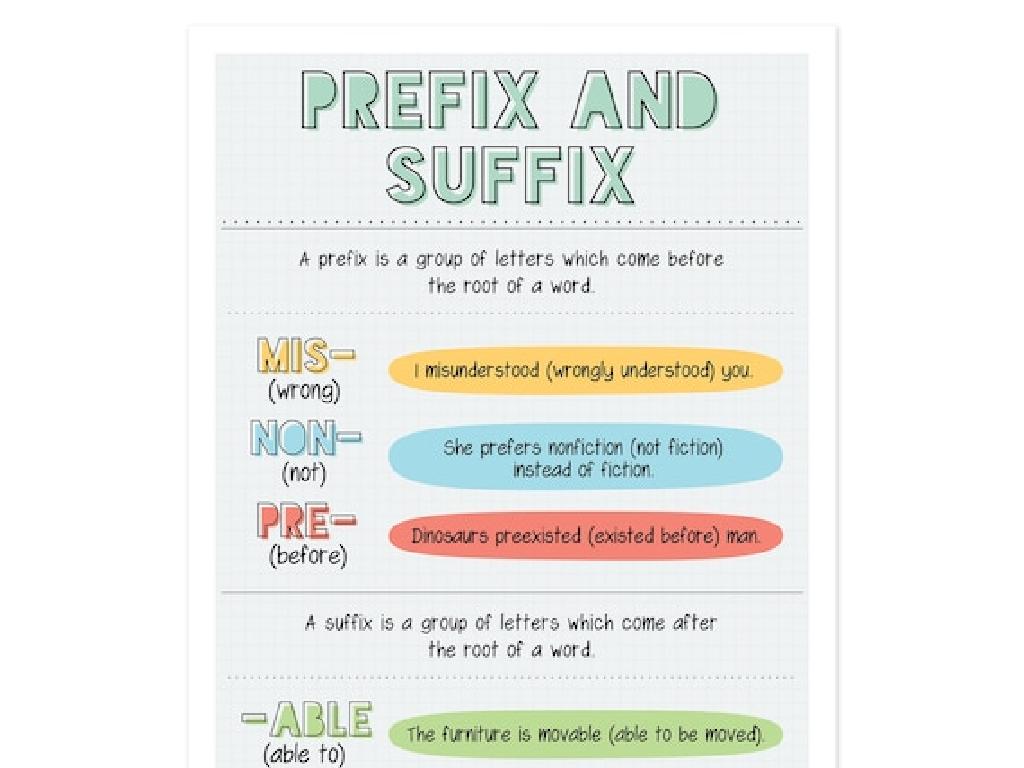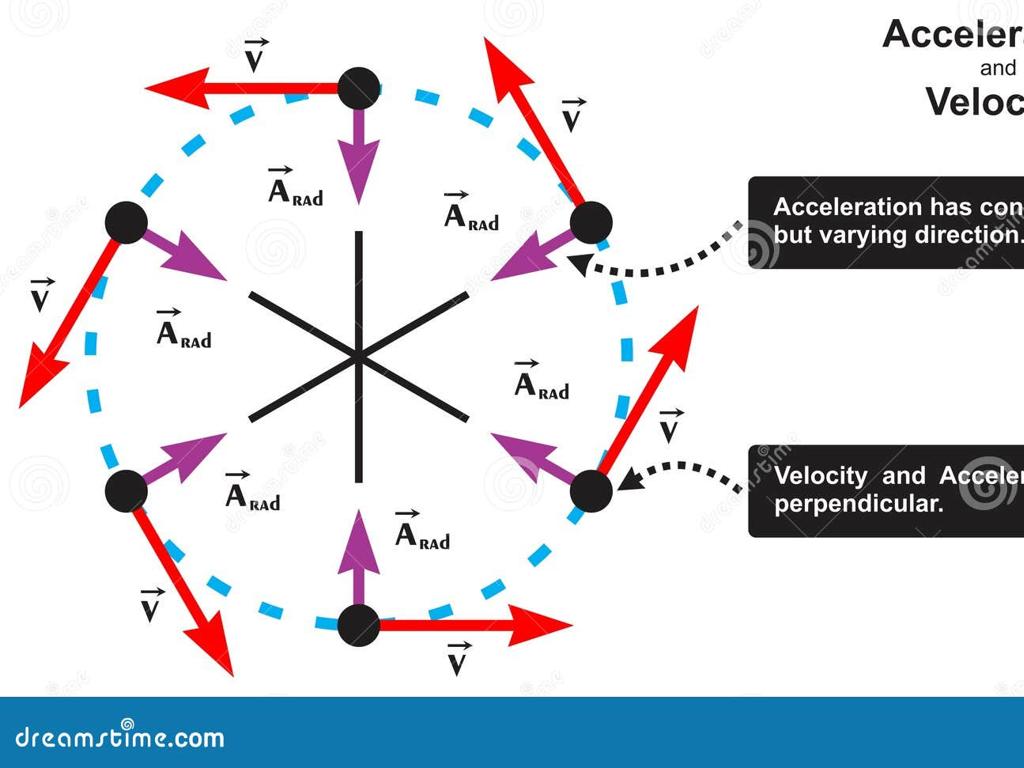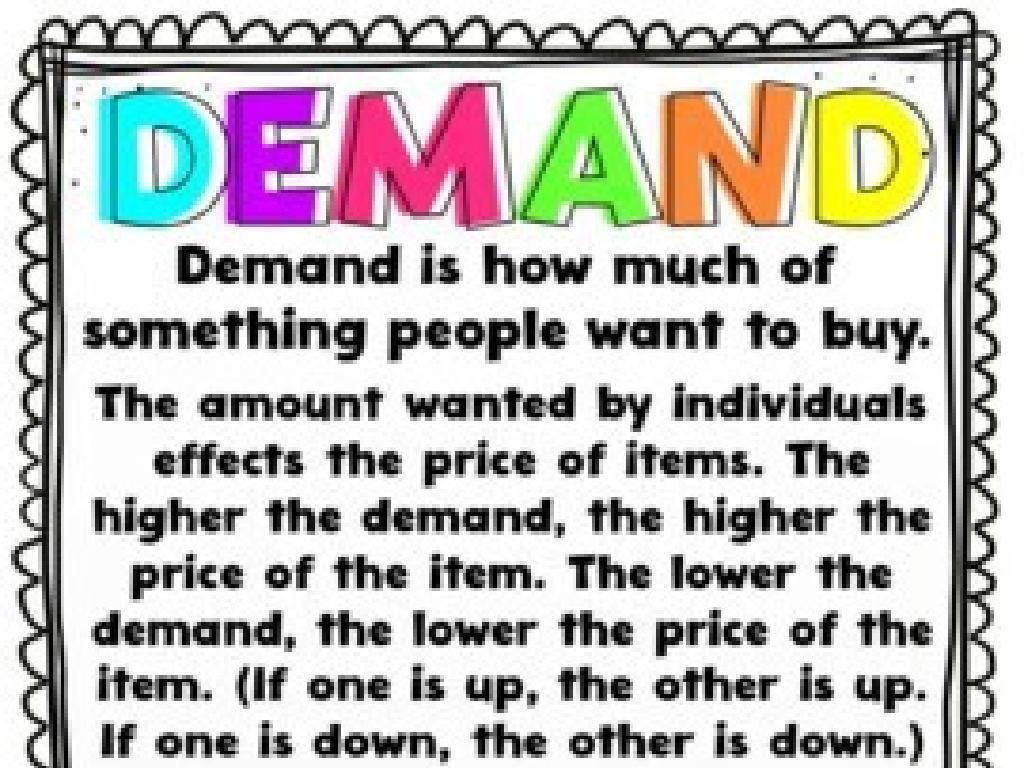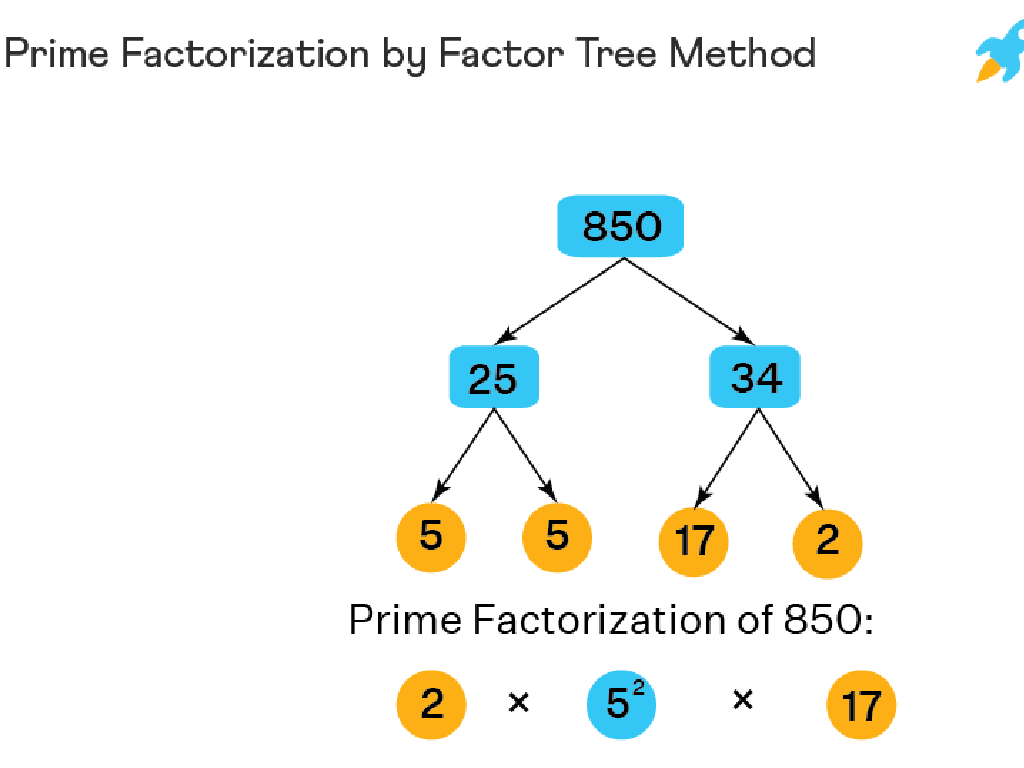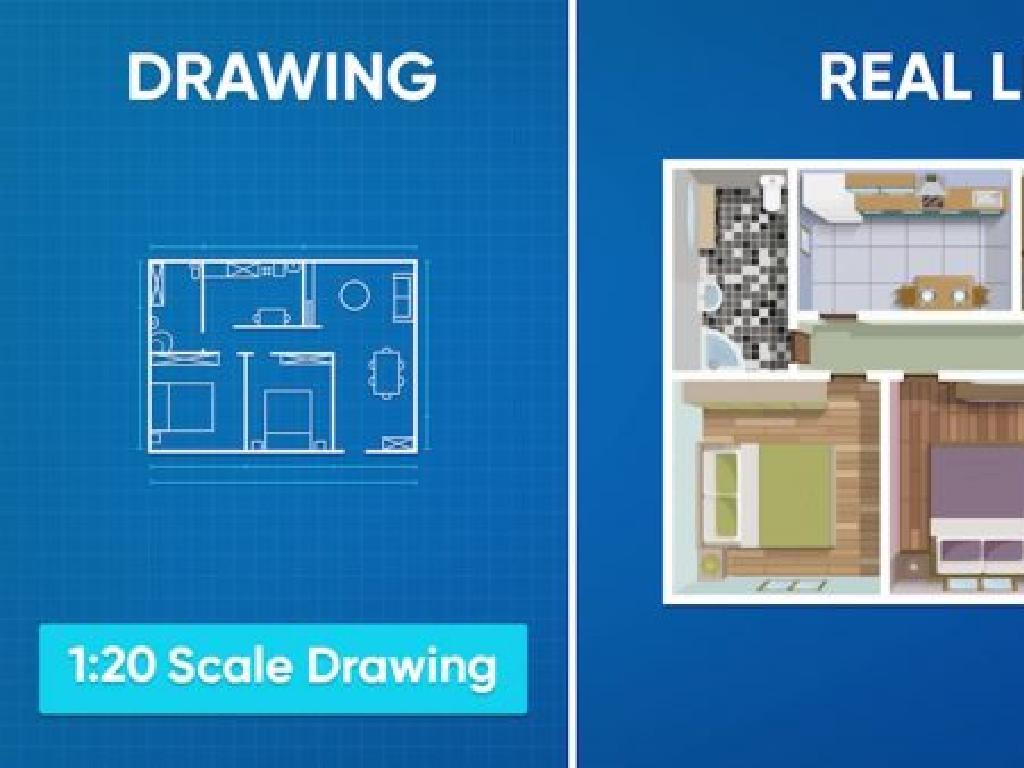The First Party System: Federalists And Democratic-Republicans
Subject: Social studies
Grade: Eighth grade
Topic: The Early Republic
Please LOG IN to download the presentation. Access is available to registered users only.
View More Content
The Early Republic: The First Party System
– Exploring The Early Republic
– Overview of the First Party System
– Learn about the origins of America’s first political parties
– Political landscape post-Revolution
– How did the Revolution shape politics?
– Federalists vs. Democratic-Republicans
– Compare the beliefs and leaders of the two parties
|
This slide introduces students to the formative years of the United States, known as The Early Republic, and focuses on the emergence of the First Party System. It’s crucial to provide a backdrop of post-revolutionary America to understand the political, social, and economic factors that led to the formation of the Federalists and the Democratic-Republicans. Highlight key figures such as Alexander Hamilton and Thomas Jefferson, and discuss how their differing visions for America’s future shaped the first political parties. Encourage students to think about how these early political debates relate to current political issues. This will set the stage for a deeper dive into the ideologies and conflicts between the Federalists and Democratic-Republicans in subsequent slides.
Setting the Stage: The First Party System
– Post-Revolution governance needs
– After independence, America needed a strong government to unite the states.
– Crafting the U.S. Constitution
– The Constitution established the framework for federal government and laws.
– Overview of Washington’s presidency
– Washington set precedents, including the two-term limit and a farewell address.
– Emergence of political parties
|
This slide introduces students to the formative years of the United States government following the American Revolution. Emphasize the challenges faced by the new nation in creating a unified government and the importance of the Constitution as the foundation of American democracy. Highlight key aspects of George Washington’s presidency, such as his leadership style and the precedents he established, which influenced the future of the presidency. Discuss the beginnings of the first party system as a response to differing visions for the country’s direction, setting the stage for the Federalists and Democratic-Republicans. Encourage students to consider how these early decisions and divisions continue to impact American politics today.
The Emergence of the First Party System
– Definition of a political party
– A group organized to gain political power
– Federalists vs. Democratic-Republicans
– Federalists favored strong central govt., Democratic-Republicans advocated states’ rights
– Hamilton vs. Jefferson
– Hamilton led Federalists, Jefferson led Democratic-Republicans
– Impact on early U.S. politics
|
This slide introduces the concept of political parties within the context of the early United States, highlighting the emergence of the first party system. Students should understand that a political party is a group of people with similar political goals and opinions, who work together to create and implement policies. The Federalists, led by Alexander Hamilton, supported a strong central government and a loose interpretation of the Constitution, while the Democratic-Republicans, led by Thomas Jefferson, promoted states’ rights and a strict interpretation. This ideological divide had a profound impact on the shaping of the nation’s early political landscape. Discuss the key figures and their differing views on government power, the economy, and foreign policy. Encourage students to consider how these early political debates continue to influence American politics today.
Exploring Federalists in the Early Republic
– Federalist beliefs and policies
– Advocated for a strong central government, commercial economy, and diplomatic ties with Britain.
– Economic system influence
– Implemented the first Bank of the United States, supporting a stable national economy.
– Impact on government structure
– Established a framework for a strong federal government with a balance of power.
|
This slide aims to introduce students to the Federalist Party during the Early Republic era. Emphasize the Federalist belief in a strong central government, which was in contrast to the Democratic-Republicans’ preference for states’ rights. Discuss how the Federalists’ policies shaped the economic system, including the creation of the Bank of the United States, which laid the foundation for a stable national economy. Highlight their impact on the government structure, such as influencing the development of the Constitution and the federal system of government. Encourage students to consider how these early political debates continue to influence American politics today.
Democratic-Republicans: Vision for America
– Beliefs and policies overview
– Valued strong state governments, individual liberties
– Agrarianism and states’ rights focus
– Preferred an agriculture-based economy, local governance
– Vision for America’s future
– Envisioned a nation of self-sufficient farmers, less central control
– Contrast with Federalists
– Emphasized opposition to Federalist strong central government
|
This slide aims to encapsulate the core principles of the Democratic-Republican party during the early years of the United States. Highlight the party’s commitment to strong state governments and individual liberties, as well as their preference for an agrarian economy. Discuss how they envisioned a future where America was populated by self-sufficient farmers, with less emphasis on a strong central government, contrasting with the Federalist vision of a more centralized national authority and a commercial economy. Use this opportunity to draw parallels between the historical context and the modern political landscape, encouraging students to think critically about how these early ideologies have shaped current governmental structures and policies.
Comparing the First Political Parties
– Federalists vs. Democratic-Republicans
– Federalists favored strong central govt., while Democratic-Republicans advocated for states’ rights
– Impact on early U.S. politics
– These ideologies influenced the structure of government and policies
– Conflicts between the parties
– Disagreements often led to intense political rivalry and debates
– Influence on modern politics
|
This slide aims to compare and contrast the Federalists and Democratic-Republicans, the two main political parties during the Early Republic era of American history. Emphasize the Federalists’ support for a strong central government and a more industrialized economy, versus the Democratic-Republicans’ preference for states’ rights and an agrarian-based economy. Discuss how these fundamental differences shaped the formation of government policies and the political landscape of the time. Highlight examples of conflicts such as the debate over the National Bank and differing views on foreign policy. Conclude by encouraging students to consider how these early political divisions set the stage for the two-party system that continues to influence American politics today.
The Impact of the First Party System
– Role of parties in democracy
– Political parties organize opinions & provide choices.
– Influence on future politics
– Set foundations for America’s two-party system.
– Federalists’ decline
– Federalist power waned post-Adams presidency.
– Rise of Democratic-Republicans
– Democratic-Republicans gained popularity with Jefferson’s election.
|
This slide aims to explain the importance of the First Party System in shaping American democracy. Emphasize that political parties are crucial for representing diverse opinions and providing organized choices for voters. Highlight how the early conflicts and debates between the Federalists and Democratic-Republicans set the stage for the two-party system that still exists today. Discuss the decline of the Federalist Party after John Adams’ presidency and the rise of the Democratic-Republicans, culminating in Thomas Jefferson’s election. This sets the context for understanding how historical political shifts influence the current political landscape. Encourage students to think about the long-term effects of these early political parties on modern American politics.
Class Activity: Historical Debate – Federalists vs. Democratic-Republicans
– Split into Federalists and Democratic-Republicans
– Research your party’s beliefs
– Look into the party’s stance on economy, foreign policy, and government power
– Present your party’s arguments
– Use facts and historical examples to support your position
– Engage in a friendly debate
– Listen to opposing views and respond respectfully
|
This activity is designed to immerse students in the political ideologies of the first party system in the United States. By role-playing as Federalists or Democratic-Republicans, students will gain a deeper understanding of the foundational political debates that shaped the nation. Teachers should ensure that students have access to resources about each party’s platform. Encourage them to explore the economic, foreign, and governmental policies that distinguished the parties. During the debate, students should practice civil discourse, listening to opposing arguments, and defending their positions with evidence. Possible debate topics include the National Bank, foreign alliances, or the Alien and Sedition Acts. This exercise will help students develop critical thinking and public speaking skills.
Reflecting on the First Party System
– Key learnings about First Party System
– Explored origins and beliefs of the first two political parties in the US
– Importance of political perspectives
– Understanding different views helps in informed decision-making and promotes empathy
– Federalists & Democratic-Republicans’ influence
– Their debates on government power, economy, and foreign policy echo in today’s politics
– Relating past to present politics
– Encourages critical thinking about current political issues and their historical roots
|
This slide aims to consolidate the students’ understanding of the First Party System and its relevance to contemporary politics. It’s crucial for students to recognize the historical significance of the Federalists and Democratic-Republicans, as their foundational ideas on governance, economic systems, and international relations still resonate in modern political discourse. By reflecting on these topics, students can better appreciate the complexity of political ideologies and the importance of considering multiple viewpoints. Encourage students to draw parallels between the past and present, fostering a deeper engagement with the subject matter and enhancing their analytical skills.
Homework: Exploring the First Party System
– Research a key First Party System event
– Write a one-page essay on your findings
– Summarize the event and its significance
– Focus on the event’s influence
– How did Federalists or Democratic-Republicans shape the outcome?
– Share your insights next class
|
This homework assignment is designed to deepen students’ understanding of the First Party System’s impact on American history. Students should select an event such as the creation of the National Bank, the XYZ Affair, or the Alien and Sedition Acts. They will explore how the Federalist or Democratic-Republican parties influenced these events. The essay should include an introduction to the event, the role of the political parties, and the event’s outcome and significance. Encourage students to use primary sources where possible. In the next class, students will have the opportunity to present their research, fostering a collaborative learning environment where they can learn from each other’s findings.

